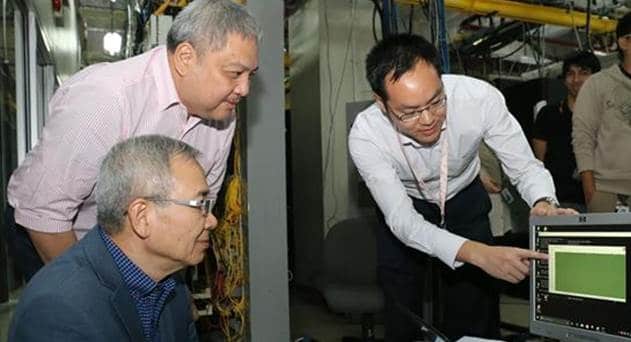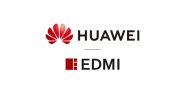Working with strategy and technology partner Huawei, PLDT wireless unit Smart Communications (Smart) said it has achieved test data speeds of 1.4Gbps using carrier aggregation.
Carrier aggregation refers to the capability of LTE-A to combine two or more radio frequency bands in order to deliver bigger bandwidth and much faster data speeds to mobile users.
In a series of laboratory tests done this month, Smart said it has successfully combined five frequencies or “component carriers” using Carrier Aggregation to consistently achieve data speeds in excess of 1Gbps. Smart has thus joined a handful of leading operators actively testing ultra-high speed wireless data capacity in anticipation of demand for gigabit-level speeds.
Last April, Smart fired up the country’s first LTE-A base stations in the resort island of Boracay. Combining three component carriers, where Smart achieved peak speeds of 250 Mbps on a single-user basis in a live network.
Today, Smart’s network on the island involves a multi-band LTE setup combining the low-band 850 MHz frequency and the high bands 1800, 2100, and 2300 MHz frequencies. This delivers average speeds of more than 100 Mbps to users with LTE-A capable devices.
LTE-A base stations will soon be activated in major urban areas such as Metro Davao, Metro Cebu, and Metro Manila, said Smart. This is part of Smart’s three-year plan focused on expanding LTE coverage, to bring high-speed internet service to 95% of the country.
This new roll-out plan includes the use for LTE of the 700 MHz frequency band that Smart obtained access to under a co-use arrangement as a result of the acquisition of the telecoms business of San Miguel Corporation (SMC) by PLDT and Globe Telecom last May. In addition, Smart is also using the low-band 850 MHz frequency to expand its LTE coverage. Low-band frequencies like the 700 and 850 MHz have longer range and better indoor penetration.
Joachim Horn, PLDT and Smart chief technology and information advisor
It will take time for carrier aggregation on five frequencies to be deployed, largely because capable handsets are not yet commercially available. But the excellent results of these tests have encouraged us to roll out LTE-A using two or three component carriers which can already be utilized by several handset models in the market.




















